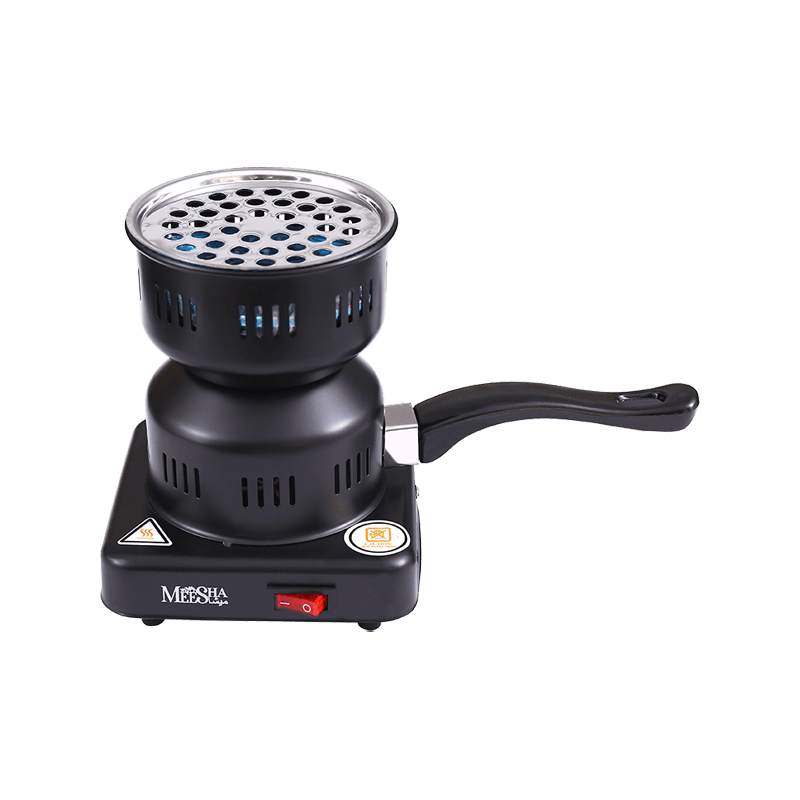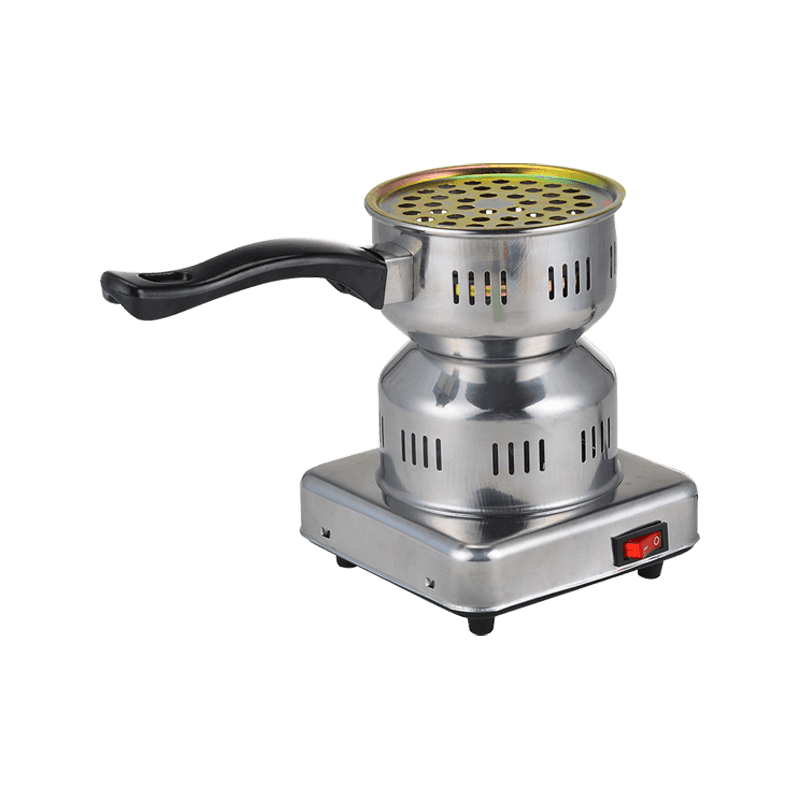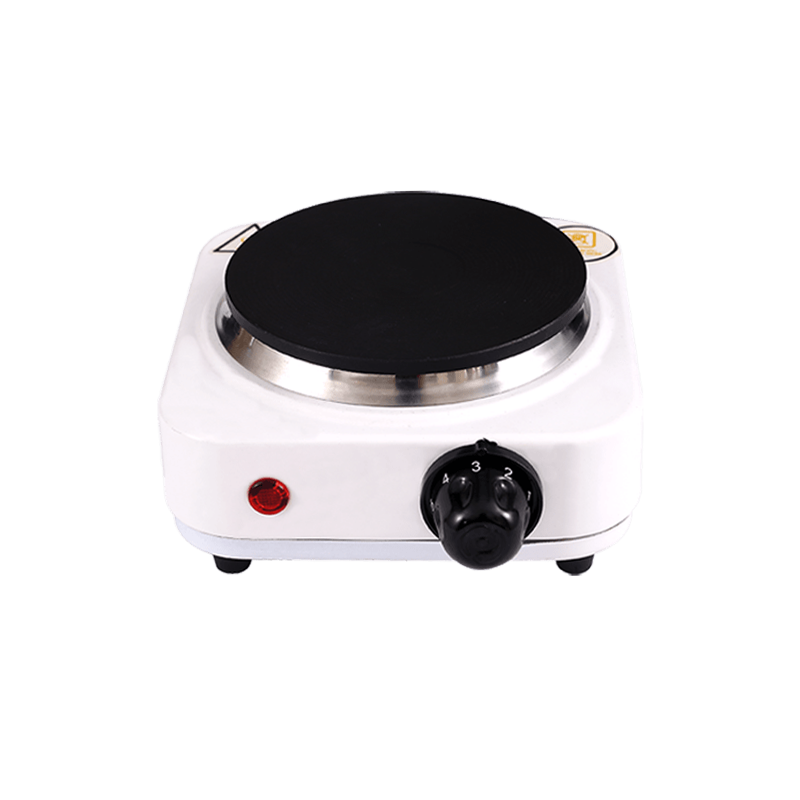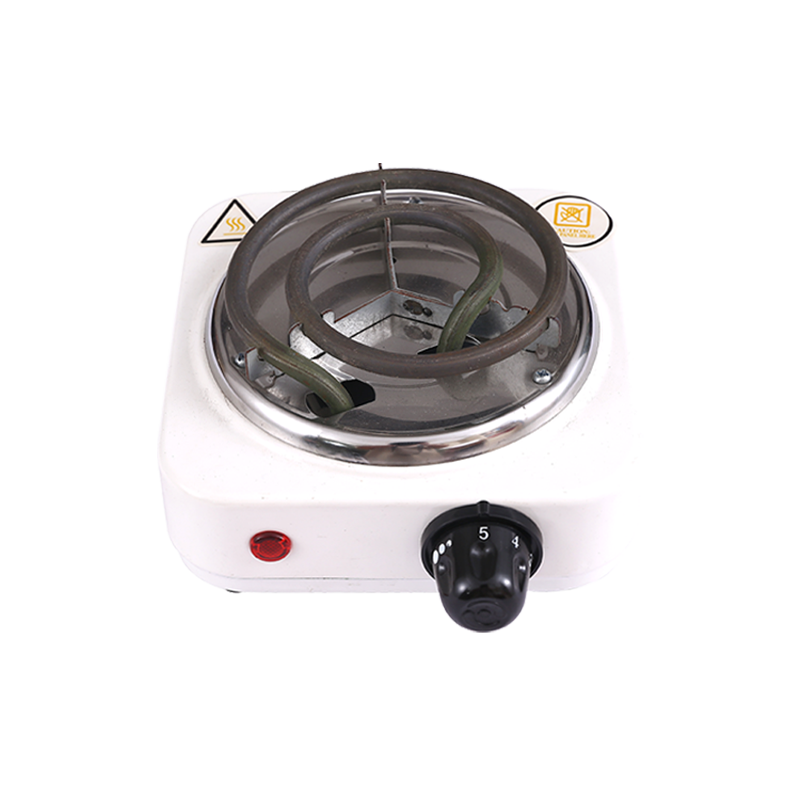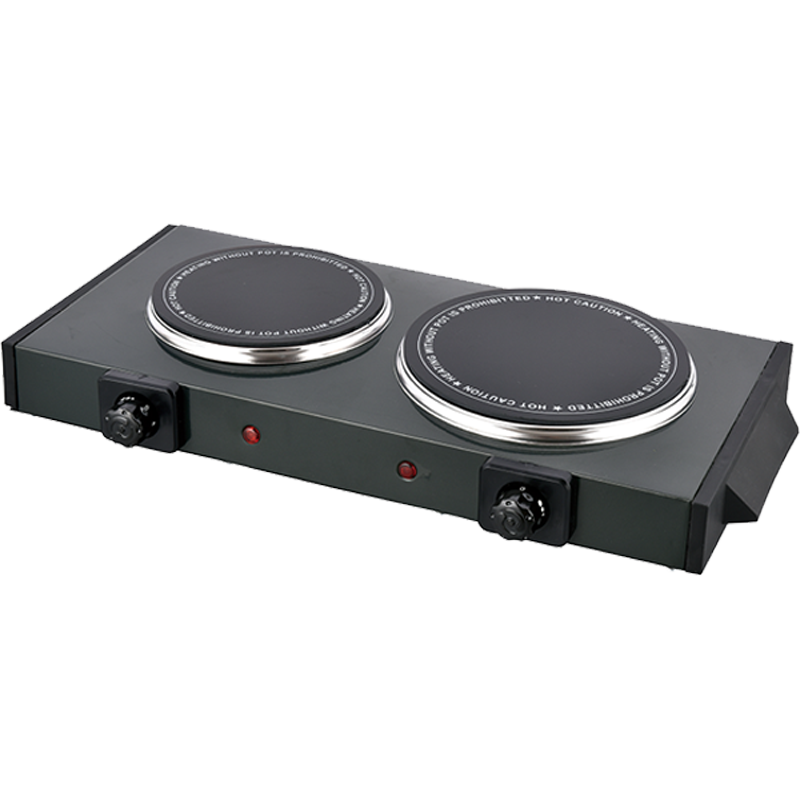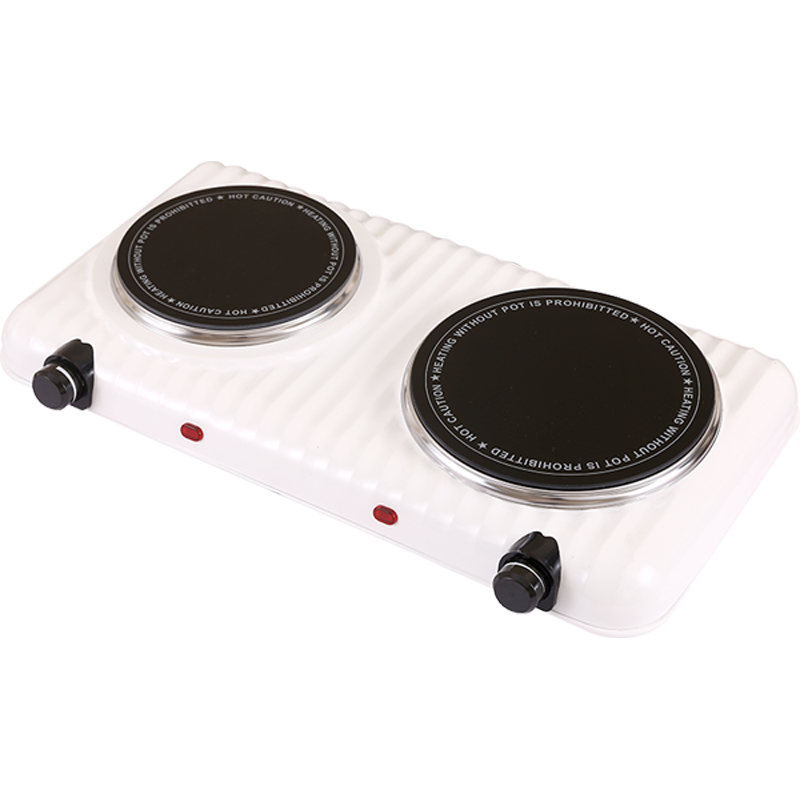+86-579-87253168
Infrared Hot Plate vs Induction: A Practical Comparison
When choosing modern cooking equipment, many households and professional kitchens explore the debate of infrared hot plate vs induction. Both technologies provide unique cooking experiences, yet their principles and applications differ. Understanding these differences helps users make practical decisions for daily meal preparation.
How Infrared Hot Plates Work
Infrared hot plates rely on radiant heat. A coil or halogen element produces thermal energy, which transfers to cookware through direct radiation. This system does not require special pans, which gives users flexibility with different types of pots and dishes. The cooking surface heats gradually, and the warmth spreads across the cookware base.
How Induction Cooktops Operate
Induction relies on electromagnetic fields. When compatible cookware with a magnetic base is placed on the surface, the system activates and generates heat directly within the pan. This method focuses energy into the cooking vessel, which reduces the heating of the surface itself. However, the use of specific cookware materials is required.
Temperature Control and Cooking Style
Infrared provides a gradual rise in heat, making it suitable for slow cooking, simmering, or keeping dishes warm. Induction delivers faster changes in temperature, which can be useful for searing, boiling, or tasks that require quick adjustments. Both technologies give users control, but the feel and response vary.
Energy Distribution and Safety
With infrared, heat radiates outward, and the cooking area stays warm after use, requiring caution when handling. Induction, on the other hand, produces less residual warmth since most of the energy transfers directly to the cookware. Both systems are designed with safety measures, but awareness of how they function ensures safer use.
Maintenance and Care
Cleaning infrared surfaces is straightforward as most designs use flat ceramic plates. Induction cooktops also offer smooth surfaces, though fewer food spills may stick since the surrounding surface remains cooler. Proper maintenance extends the lifespan of both systems, making them long-term kitchen companions.
Cost and Accessibility
Infrared hot plates are often accessible and work with existing cookware, which can be appealing to households on a budget. Induction systems may require an investment in compatible pans, but they offer a modern approach to efficiency and control. The decision often comes down to cooking habits and kitchen preferences.
Which One Fits Your Kitchen
Choosing between infrared and induction depends on lifestyle. If flexibility with cookware and steady heat are priorities, infrared could be a match. If rapid heating and responsive control are important, induction might be the better option. Evaluating cooking style, safety needs, and kitchen setup will guide the final choice.
Infrared Hot Plate for Sale: A Buyer's Guide
When searching for an infrared hot plate for sale, many users consider convenience, durability, and everyday cooking needs. These devices are designed to make meal preparation easier, whether in compact living spaces, outdoor areas, or professional kitchens. Exploring their features and applications helps potential buyers decide if they match personal or commercial requirements.
Key Benefits of Infrared Hot Plates
Infrared cooking surfaces use radiant energy to transfer heat. This allows them to work with various cookware without demanding special materials. For people who already own different types of pots, this flexibility becomes practical. Additionally, their ability to provide even heating makes them useful for simmering, warming, or slow-cooking recipes.
Where Infrared Hot Plates Are Commonly Used
-
Apartments and dorms: Perfect for limited kitchen spaces.
-
Outdoor events: Handy for picnics or temporary cooking setups.
-
Cafes and small businesses: Useful as an additional cooking station.
-
Travel use: Compact enough for mobile catering needs.
Factors to Consider Before Purchase
When evaluating available options, it is important to think about:
-
Cooking style – Does your routine involve slow meals, fast boiling, or warming?
-
Portability – Will the unit be kept in one spot or moved frequently?
-
Ease of cleaning – Smooth ceramic surfaces generally allow simple maintenance.
-
Budget and value – Consider both initial cost and long-term durability.




 عربى
عربى